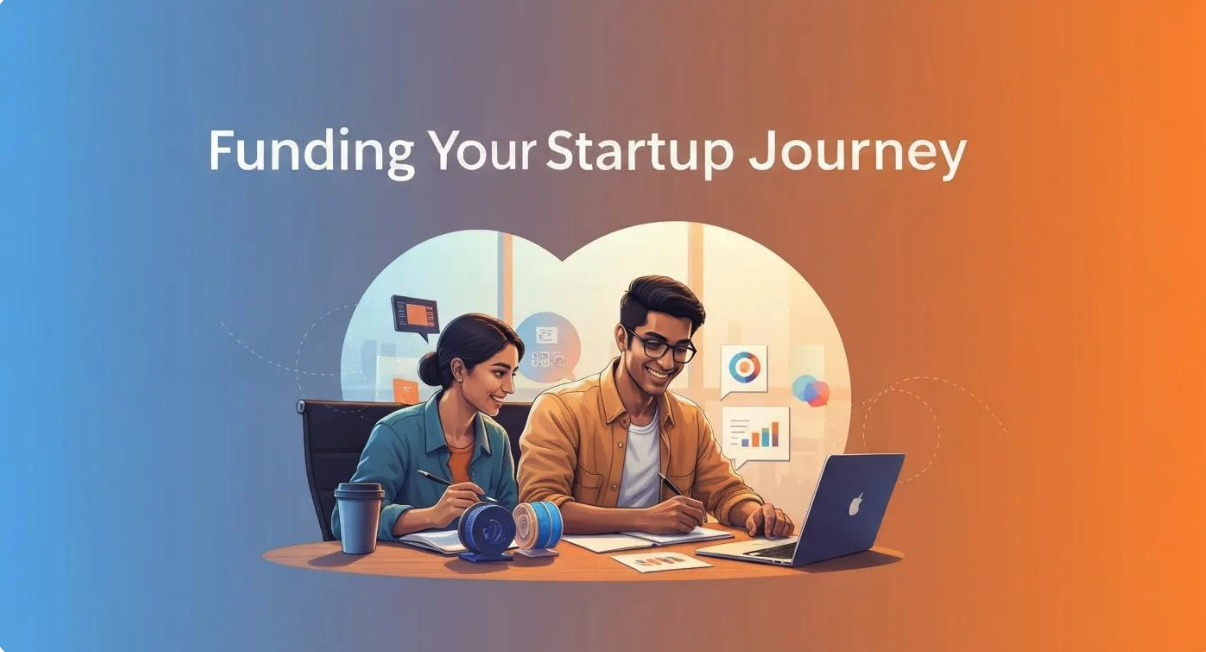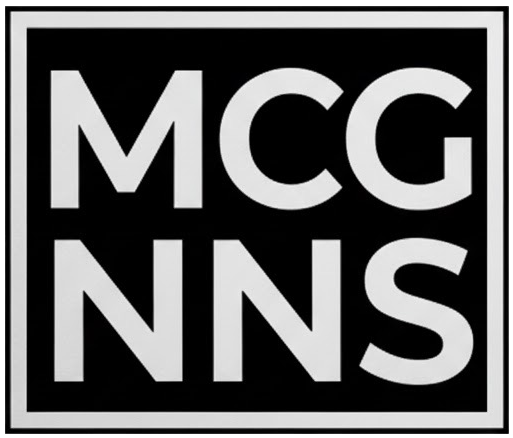Getting Money for Your Startup: A Guide for Young Businesses

Starting a new business needs capital. Funding helps you validate the idea, acquire customers, and scale operations. Choosing the right path—equity, debt, grants, or a mix—matters for control, speed, and sustainability.
This guide explains the primary funding options, what investors expect at each stage, and how to prepare. You’ll also see how to use funding to strengthen your website, SEO, and conversion strategy—plus Ohio/Pennsylvania resources and 2025 trends.
What Are the Main Ways Startups Get Money?
From bootstrapping to VC, each path differs in speed, accessibility, and dilution. The best fit depends on product stage, traction, and the control you want to retain.
Here’s a quick comparison of common options:
| Funding Type | Typical Amount | Typical Ownership / Rules |
|---|---|---|
| Bootstrapping | < $100k (founder/friends) | No outside ownership; full control |
| Angel Investment | $25k–$250k | Convertible note/SAFE or 5–25% early equity |
| Venture Capital | $500k–$10M+ | Equity rounds; board/controls increase |
| Crowdfunding (rewards/equity) | $10k–$1M+ | Rewards or small equity stakes |
| SBA / Bank Loans | $10k–$500k | Debt with covenants/repayments |
| Grants / Non-Dilutive | $5k–$250k | No equity; competitive/use-restricted |
What Is Bootstrapping and How Can It Fund Your Startup?
Self-fund with savings and early revenue; keep full control and focus on MVP → sales → reinvest. Slower hiring but high discipline and ownership.
How Do Angel Investors Support Early-Stage Startups?

Angels provide capital plus mentorship and connections. Common instruments: SAFE/convertible notes or small equity. Show clear plan, early traction, and use of funds tied to milestones.
What Should Startups Know About Venture Capital Funding?
VC fuels rapid scale in exchange for equity and governance. Expect diligence on CAC/LTV, gross margin, retention, team, and market size. Prepare data-driven plans and align on growth pace and board involvement.
Seeking Venture Capital: Strategies for Early-Stage Startup Funding
Getting money from VC firms can accelerate growth—if you understand their process, criteria, and how to pitch. Openness and fit matter; strong teams, big markets, and clear monetization win attention.
How Crowdfunding Helps Raise Money for Startups?
Reward campaigns validate demand and generate preorders; equity crowdfunding broadens investor access but adds compliance. Success needs a compelling story, strong marketing, and realistic fulfillment plans.
What Are Small Business Grants and SBA Loans for Startups?
Grants are non-dilutive but specific and competitive. SBA loans lower interest but require repayment and documentation. Weigh time/covenants vs. equity tradeoffs and align to concrete milestones.
When Is Debt Financing a Good Option for Startups?
Debt preserves ownership but adds fixed payments. Venture debt fits companies with steady revenue extending runway; traditional loans may need collateral/personal guarantees. Model cash flows before committing.
What Are the Key Stages of Startup Funding and What Do They Mean?
From pre-seed to later rounds, each stage has distinct goals and investor expectations.
What Is Pre-Seed and Seed Funding?
Finance MVP, early hires, and market validation. Angels and friends/family lead. Show usage, revenue experiments, and learning velocity to prepare for the next round.
How Do Series A and Later Rounds Work?
Scale proven models. Investors scrutinize acquisition efficiency, retention, margin, and systems. Expect larger checks, governance, and operational rigor.
How Does Giving Up Ownership (Equity Dilution) Affect Your Startup?
New shares reduce founder percentage. Manage dilution via valuation, option pool sizing, and instrument choice (e.g., SAFE caps). Keep a clean cap table and plan round-by-round impact.
What Is the Typical "Runway" Startups Should Aim For?
Aim for 12–18 months pre-seed/seed; 12–24 months post-A. Scenario plan (base/downside), watch burn, and time raises well to preserve leverage.
How Can Startups Get Ready to Secure Funding?
Get your documents, metrics, and operations investor-ready. Show vision plus proof.
How to Create a Winning Business Plan for Investors?
Explain problem, solution, market size, differentiation, model, and financials. Tie use of funds to measurable milestones (CAC payback, revenue targets). Include risks and mitigations.
What Are the Essential Elements of a Startup Pitch Deck?
Slides: Problem, Solution, Market, Traction, Business Model, GTM, Team, Financials/Ask. Tailor emphasis: angels → customer proof; VCs → scalable unit economics.
How to Navigate Legal and Financial Due Diligence?
Organize corporate formation docs, IP assignments, contracts, and clean financials. Create a secure data room and timeline. Engage counsel early to reduce closing friction.
What Local Resources in Ohio and Pennsylvania Support Startup Funding?
Leverage regional accelerators, university programs, grants, and angel networks. McGinnis Made can support pitches with investor-ready websites, crowdfunding landing pages, and secure update portals.
How Should Funded Startups Invest in Their Online Presence for Growth?
After funding, your digital foundation affects CAC, conversion, and reporting. Prioritize site performance, CRO, and SEO to compound results.
- Website & Conversion Optimization: Clarify value, build qualified pipeline.
- Technical & On-Page SEO: Fix issues, add schema, create targeted content.
- Paid Ads & Testing: Validate messaging and funnels quickly.
- Analytics & CRO: Instrumentation and experiments for continuous lift.
| Digital Area | Estimated % of Early Marketing Budget | Expected Outcome |
|---|---|---|
| Website & SEO | 30–40% | Higher conversion; more organic traffic |
| Paid Ads & Testing | 20–30% | Faster learnings; CAC validation |
| Content & PR | 15–25% | Awareness; demand generation |
| CRO & Analytics | 10–15% | Revenue lift from same traffic |
Why Is Strategic Website Development Crucial After Funding?

Your site is both growth engine and investor dashboard. Build for speed, mobile UX, sticky CTAs, CRM integration, and transparent KPIs.
How Can SEO Maximize Free Traffic for Funded Startups?
Fix crawl/performance issues, add structured data, and build topic clusters. Track rankings, organic conversions, and revenue influence to show CAC reductions.
What Are Effective Lead Generation and Conversion Tactics Post-Funding?
Combine paid experiments with gated content and focused landing pages. Measure conversion quality, CPL, and LTV:CAC to scale winners. Automate nurture to accelerate sales cycles.
How Does Investing in Digital Growth Improve Investor ROI?
Doubling conversion rate halves CAC at steady spend. Report LTV, CAC, retention, conversion, and ARR growth via clear dashboards to de-risk follow-on rounds.
Equity vs. Debt: Pros, Cons, and When to Use Each
| Funding Option | Pros (Good Points) | Cons (Bad Points) |
|---|---|---|
| Equity | No repayments; networks & guidance | Dilution; governance/board oversight |
| Debt | Preserve ownership; predictable costs | Repayment risk; covenants constrain |
| Non-Dilutive (Grants) | Keep equity; goal-aligned capital | Competitive; restricted use |
How Can Startups Use Angel Investors and Venture Capital Effectively?
Source via local groups, industry networks, and platforms. Personalize outreach with traction metrics and a clear ask. Maintain regular investor updates to build trust and unlock introductions.
What Do Venture Capital Firms Look for in Startups?
Team quality, market size, traction, defensibility, and strong unit economics. Present how capital accelerates milestones and clarifies the path to return.
How to Build Long-Term Partnerships with Investors?
Set a cadence for KPI/financial updates. Use dashboards tying marketing/product to revenue. Ask for targeted help while retaining operational ownership.
New Trends in Startup Funding for 2025 and Beyond
Expect more agile funding tranches, evolving crowdfunding, and investor focus on sales durability and team execution—especially in uncertain markets.
What Is Agile Funding and How Does It Benefit Startups?
Smaller, milestone-based checks provide flexibility, faster feedback, and less upfront dilution—ideal for rapid learning cycles.
How Is Crowdfunding Evolving in the Startup World?
Hybrid models blend community with regulated equity. Campaigns act as launchpads, requiring integrated marketing and reliable fulfillment to turn backers into customers.
Why Should Startups Focus on Sales and Team Building in Uncertain Times?
Durable revenue and strong teams reduce risk. Prioritize initiatives that lift retention and velocity while hiring for roles that drive growth.
How Are Local Ohio and Pennsylvania Startups Using Funding Opportunities?
Universities, grants, accelerators, and angel groups create regional springboards. Pair local momentum with a digital customer-acquisition engine to attract outside capital.
For funded startups ready to turn capital into measurable growth, explore website design and SEO services tailored to Ohio & Pennsylvania teams.
Conclusion
Understanding your funding options—and preparing investor-ready ops—helps you secure capital on good terms. Invest early in web, SEO, and CRO to convert that capital into compounding, investor-visible results.
— Talk with McGinnis Made about an investor-ready site and growth plan.











